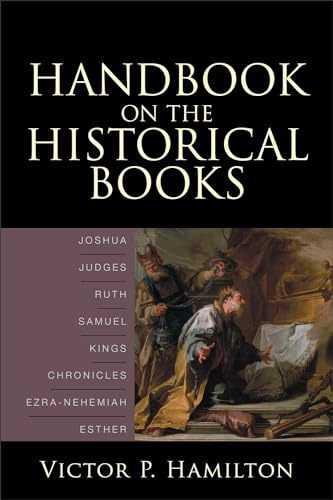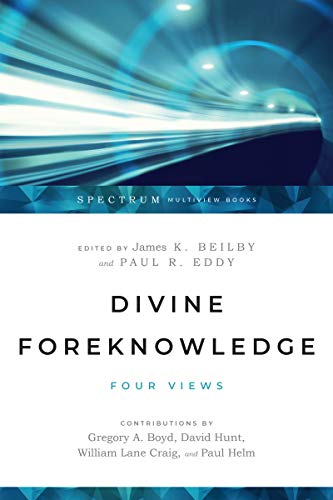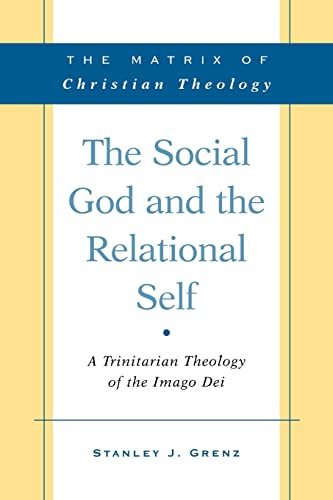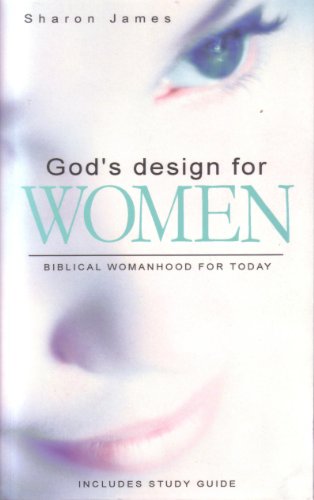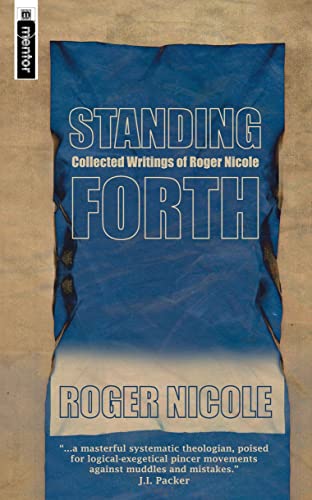HANDBOOK ON THE HISTORICAL BOOKS
Written by Victor P. Hamilton Reviewed By Philip SatterthwaiteThis book is a literary survey of Joshua, Judges, Ruth, Samuel, Kings, Chronicles, Ezra-Nehemiah and Esther, written for ‘the undergraduate college student who is beginning advanced biblical studies’ (14). The author at points does discuss dating and authorship, questions of history (e.g., whether Ezra returned to Judah before or after Nehemiah) and ethical issues (e.g., the ‘ban’ in Joshua). The main focus of the book, however, is literary: ‘using the principles of disciplines such as rhetorical criticism and inductive Bible study, I have tried to get and uncover the thrust and message of these books of Scripture’ (14). Most chapters have as their core a ‘reading’ of one of the OT historical books, and the main questions addressed relate to literary artistry and integrity. References to NT and Rabbinic texts extend the range of the discussion.
Hamilton’s interpretations bring out the literary unity and subtlety of the historical books, and he is not in favour of approaches to the text which might imply multiple authorship or conflicting viewpoints. Thus: those parts of Joshua which seem to describe a swift, total conquest (e.g., 21:43–45) are qualified, but not contradicted by those which acknowledge that land still remains to be taken (e.g. 13:1–7); Judges 1:1–2:5 and 2:6–3:6 belong together, and are not to be seen as alternative beginnings to the book; we should not attribute the pious David of 1 Samuel 16–2 Samuel 8 and the sinful David of 2 Samuel 9–20 to two different sources; and so on. The treatment of Ezra-Nehemiah similarly emphasises the features which the two books have in common. Hamilton has read widely among recent scholarship on the historical books, and he interacts with viewpoints across the theological spectrum, post-modern and feminist as well as historical-critical and conservative.
This a helpful book. It guides the reader through the OT text and introduces a wide range of the scholarly literature. Tables and diagrams help the presentation, and there are extensive bibliographies. Interpretative puzzles are regularly addressed: Jephthah’s vow in Judges 11, God’s ‘repentance’ in 1 Samuel 15; the text of 1 Samuel 16 and 17. At points Hamilton is content simply to record different opinions without adjudicating between them, but that is not necessarily a bad thing. The style is clear and readable, with occasional colloquialisms. It is not always very exciting, but that often happens in such ‘readings’: it is hard for those who interpret these brilliant, laconic texts to avoid producing analyses that are rather pedestrian by comparison (I have written several such myself).
Various quibbles may be raised. There is an imbalance in the space devoted to Joshua-Kings (450 pp.) and to Chronicles, Ezra-Nehehiah and Esther (65 pp.; though note that parts of Chronicles are briefly treated in connection with Samuel and Kings). It seems a little odd to interpret Joshua-Kings with hardly a reference to theories of Deuteronomistic historiography (or maybe not: perhaps Hamilton wanted to avoid giving his readers this traditional baptism of boredom). Again, and inevitably, I found myself disagreeing on particular points: I doubt whether Judges is pro-Judah and anti-Benjamin; I don’t believe that Samuel is portrayed as motivated primarily by pique and jealousy in 1 Samuel 8–12; I find it strange that the discussion of Elijah and Elisha focusses more on how the Gospel writers take up these accounts than on how they themselves relate to earlier parts of the OT (e.g., Genesis, Joshua). Overall, though, students beginning study of the OT historical books should find this volume a useful resource.
Philip Satterthwaite
Biblical Graduate School of Theology, Singapore


